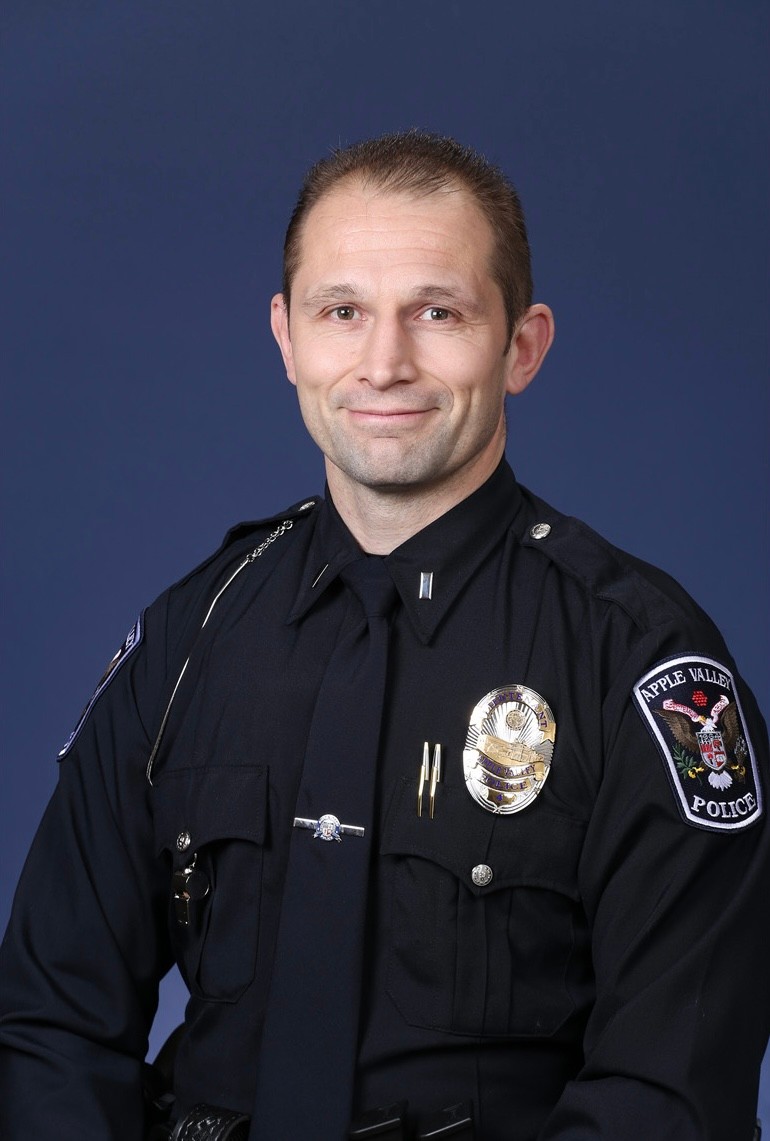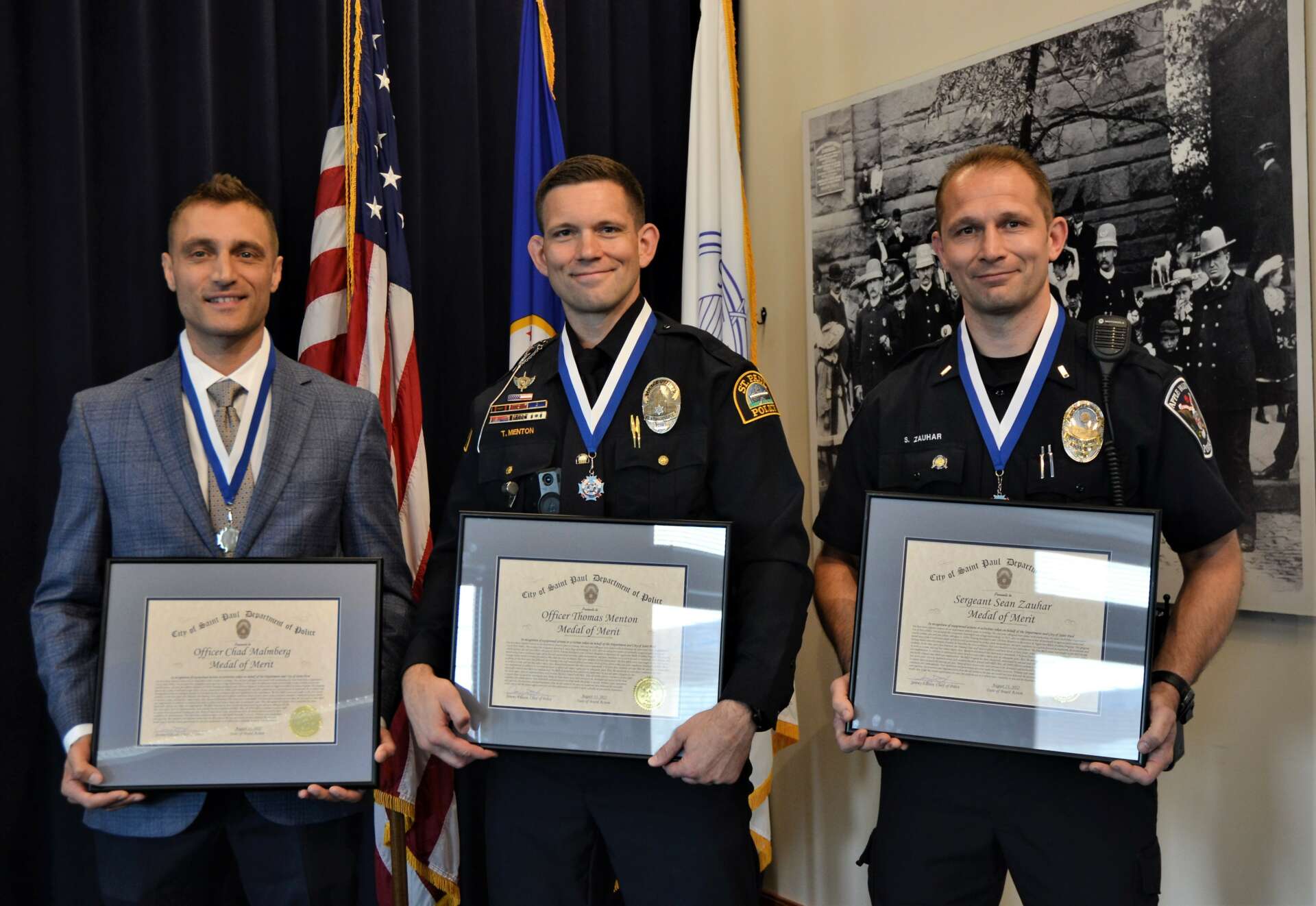We’re excited to introduce you to the always interesting and insightful Sean Zauhar. We hope you’ll enjoy our conversation with Sean below.
Sean, looking forward to hearing all of your stories today. Let’s start with a story that highlights an important way in which your brand diverges from the industry standard.
This is a brief summary about the use of force program that my colleagues (Chad Malmberg, Tom Menton, and I developed in St. Paul, Minnesota. We did this well before death of George Floyd in Minneapolis just right next door. The training results in amazing results that reduce the level of force used by officers. Now the training is being delivered to police agencies across the midwest.
In 2014, SPPD began to re-evaluate their use of force training curriculum following several incidents where officers appeared to use more force than necessary to gain control of resistive subjects. While these actions appeared unwarranted during administrative review, they were in line with the SPPD’s current training and practice. Within the same timeframe, SPPD had also implemented a new computer software program that tracked, collected, and stored data on force encounters. After conducting a preliminary analysis several concerning trends started to emerge during the use of force review process.
The SPPD training unit staff helped identified several key factors and training deficiencies that lead to these issues. At the time, the primary arrest and control measures taught in the academy were the use of strikes and less-lethal weapons, including aerosol subject restraint (ASR), expandable baton, and the Taser. The soft empty-hand control techniques and single officer takedowns that were instructed were not effective against actively resistive subjects in the field. Pressure points and joint manipulation techniques had minimal effectiveness against subjects who had a high pain threshold due to alcohol/drugs, mental health disorder, or being in a highly emotional state. While the techniques were designed to control subjects with minimal force, they often did not take into account significant officer/subject factors. The high failure rate of the soft empty-hand control techniques caused officers to abandon their use.
Without effective physical control measures, officers relied on strikes, less-lethal weapons, and other untrained techniques. Despite most SPPD patrol officers working in pairs, the empty-hand control techniques taught in both academy and in-service training focused on single officer application. Therefore, officers worked independently to solve problems instead of as a team to control resistive subjects, which prolonged physical engagements. The longer force was applied, the more likely officers and subjects would be injured. Additionally, the lack of a coordinated effort and continued use of ineffective control techniques can also appear excessive in nature. Well-intended, but misguided training programs can lead officers to use more force than necessary to establish lawful control of a subject.
After an exhaustive review of nationally recognized police arrest and control systems, the SPPD Training Staff developed a new 120-hour Response to Resistance & Aggression (RRA) Academy Program. The RRA program focused on integrating de-escalation skills with leverage-based control techniques to restrain combative subjects. It gave officers the ability to evaluate and de-escalate when safe and feasible. Like the LAPD program, SPPD built the RRA program’s foundation on Brazilian Jiu-Jitsu techniques modified for law enforcement. The methods did not rely on pain compliance and were significantly less likely to cause injuries than other striking martial arts (Scoggin, 2014). The physical control measures utilized leverage as opposed to relying on strength so smaller stature officers could use them effectively to control larger and stronger subjects. Instead of primarily focusing on single officer deployments, the program used a team concept to promote safety. The effectiveness of the techniques was only enhanced when used with multiple officers. The team arrest and control tactics allowed officers to use minimal amounts of force to control highly combative subjects. SPPD first provided the program to the 2015 Academy that contained 25 police trainees. Shortly after, SPPD began implementing the new RRA training to the rest of the department through 2-4 hour quarterly training sessions.
Over a 5-year period following the implementation of the new RRA training curriculum in 2015, there was a 36% reduction in Use of Force Incidents. Reductions in force was observed across most categories. The number of times, officers used Strikes during an incident had decreased by 86%. More commonly known as pepper spray, the use of Aerosol Subject Restraint (ASR) had been reduced by 62%. Over a 5-year period, Taser deployments had also decreased by 74%. In 2017, SPPD paid out a record settlement of $2.3 million from a 2016 excessive use of force case that occurred when the RRA training was in the beginning stages of being rolled out department wide. However, each year following the full implementation of the RRA training, excessive force litigation decreased. In 2018 the civil payouts dropped to $788,000 before falling to a 25-year historic low of $25,000 in 2019 and $5,000 in 2020 (Gottfried, 2021). This suggests that this training could result in more proportionate officer force relative to suspect resistance, which protects the city from costly litigation.

Can you share a story from your journey that illustrates your resilience?
We challenged the status quo to find a better way, We had to build consensus from the top to bottom of the organization which wasn’t easier when we broke from tradition and common practice.
We often hear about learning lessons – but just as important is unlearning lessons. Have you ever had to unlearn a lesson?
We had to challenge they why and how we knew what we knew. We needed to find the best way by testing hypotheses under real world conditions and not just make assumptions.,


